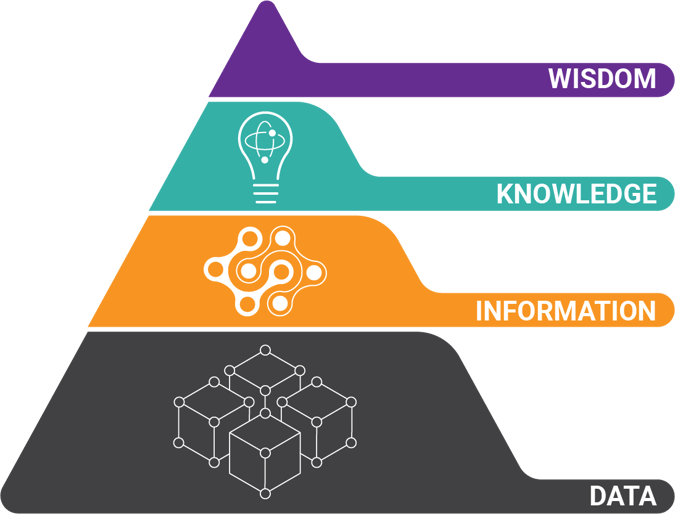Satisfaction vs. Disruption
Will you be satisfied with operational optimization, or will you disrupt the entire digital oilfield?
Today’s technology boom and the rapid advancement of artificial intelligence technologies has changed the decision landscape for the oil and gas industry. Gone are the days of managing tacit knowledge and looking downstream for innovations.
A new, universal question must be asked, primarily by crude oil and natural gas companies. The outcome of the decision directly controls future market share and ability to rapidly capitalize on emerging technology.
 The question is bizarre – since when is a company presented with choosing between two such great outcomes? Sure, there have always been innovators and disruptors, but never has the opportunity for disruption been so universally available.
The question is bizarre – since when is a company presented with choosing between two such great outcomes? Sure, there have always been innovators and disruptors, but never has the opportunity for disruption been so universally available.
Upstream oil and gas companies have some incredibly unique opportunities for disruption.
- 100’s of operators to choose from
- Highly advanced and mature analytics software platforms
- IoT powered sensors providing more high quality, real-time data than ever before
- Access to highly scalable and inexpensive private and public cloud infrastructure
How to be Disruptive in Upstream Oil and Gas with Automation
The key to disruption lies in the ability to create a universal, all-encompassing, digital data strategy. Increasing complexity in resources and projects certainly demands a different approach. And some companies are getting close.
 Technology advances make operational optimization a given - almost. But the core deciding factor in whether business platform disruption will occur is how aggressively a company adopts digital innovations.
Technology advances make operational optimization a given - almost. But the core deciding factor in whether business platform disruption will occur is how aggressively a company adopts digital innovations.
The proof? Compared to healthcare, for example, the oil and gas industry is maybe just beginning to see signs of significant business platform disruption. The revenue model for oil and gas hasn’t seen a significant change in decades.
The Future of Tech in Energy - Upstream Oil and Gas Automation
Imagine what will happen when companies begin to look at the interactions between upstream, midstream, downstream operations, and services vendors from a purely data and analytical point of view?
Leaders in the oil and gas industry have incredible opportunity today. Upstream oil and gas automation tools (and intelligent document processing softwares) are filling in the data gaps to enable decision-making on a more granular and strategic level than ever before.
The analytics platforms have been built. The challenge today is unlocking vast amounts of accurate data from traditionally locked sources. The companies who adopt a digital-only strategy quicker will be among the first to participate in much needed industry disruption.
About the Author: Brad Blood
Senior Marketing Specialist at BIS





